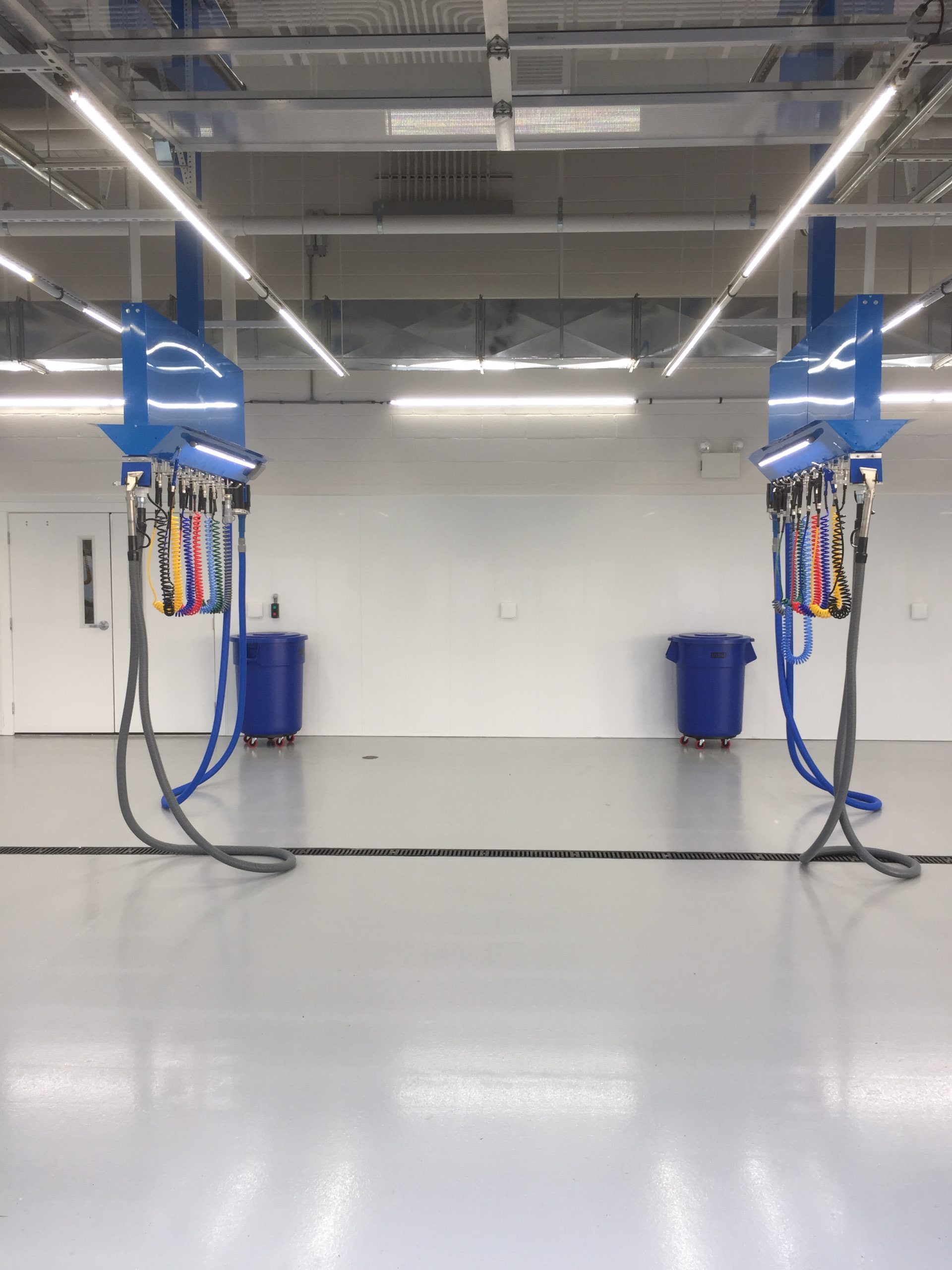

Take a moment to see if the car is driving any differently than normal. If the check engine light comes on while you’re driving, it can be unnerving. Is it Safe to Drive with the Check Engine Light On? The light comes on because it detects a leak in the evaporative emissions system, although many newer car models include a gas-cap specific indicator light. This often solves the issue, though it may take several restarts of the engine to reset the light. Especially if the light comes on shortly after refueling, pull over and check that your gas cap is tightly in place. If you’re towing a trailer or carrying heavy equipment, try to unload as soon as you can to prevent potentially pricey repairs.ģ. If vehicle performance problems accompany the check engine light, lower your speed and take it easy on the engine. Some cars may have a red check engine light to alert you to stop right away, while a yellow light stands for investigation.Ģ.

Pull over and shut off the engine as soon as you can if these lights also illuminate. In addition to the check engine light, your dashboard may also indicate low oil pressure or overheating issues. Determine if the problem requires immediate attention. If the check engine light comes on while driving, follow these 3 steps to ensure it’s safe to continue driving or if you need to stop immediately:ġ.

Regardless, you should always have your car inspected as soon as possible after the light turns on. Whether or not it’s safe to drive with the check engine light on depends on vehicle performance with the light on and the root cause of its illumination. Determine if it's Safe to Drive in 3 Steps: Bad spark components also lead to poor engine and fuel performance, as well as damaged ignition coils, oxygen sensors, and could clog a catalytic converter. The spark plugs and spark wires work together to ignite the air-fuel mixture in the combustion chamber and transfer the spark from the ignition coils to the plugs. A bad airflow sensor leads to bad fuel efficiency and engine performance and could damage the spark plugs, catalytic converter, and oxygen sensor.ĥ. To determine how much fuel is needed to economically run the engine, the mass airflow sensor tracks the amount of air entering the engine. Mass airflow (MAF) sensor needs replacing. If broken, your car will have poor engine performance and fuel efficiency and won’t pass an emissions test.Ĥ. The catalytic converter transforms carbon monoxide into carbon dioxide.

The gas cap seals the fuel system, and if it’s not there or damaged, you may lose fuel through evaporation and take extra trips to the gas station.ģ. Without fixing, a faulty sensor leads to bad fuel economy and potential spark plug and catalytic converter damage.Ģ. This sensor tracks the amount of unburned oxygen in your car’s fuel system. The check engine light could illuminate for a number of reasons, the 5 most common being your:ġ. An electronic scan tool or diagnostic computer is used to indicate the problem, which is then mechanically addressed by a certified technician. Problems in the electronic control system are stored in a “trouble code” to identify the source of the issue. The check engine light is tied into your car’s onboard diagnostics system, and it’s designed to light up (usually in yellow) whenever something goes wrong with this complex collection of components and sensors.


 0 kommentar(er)
0 kommentar(er)
